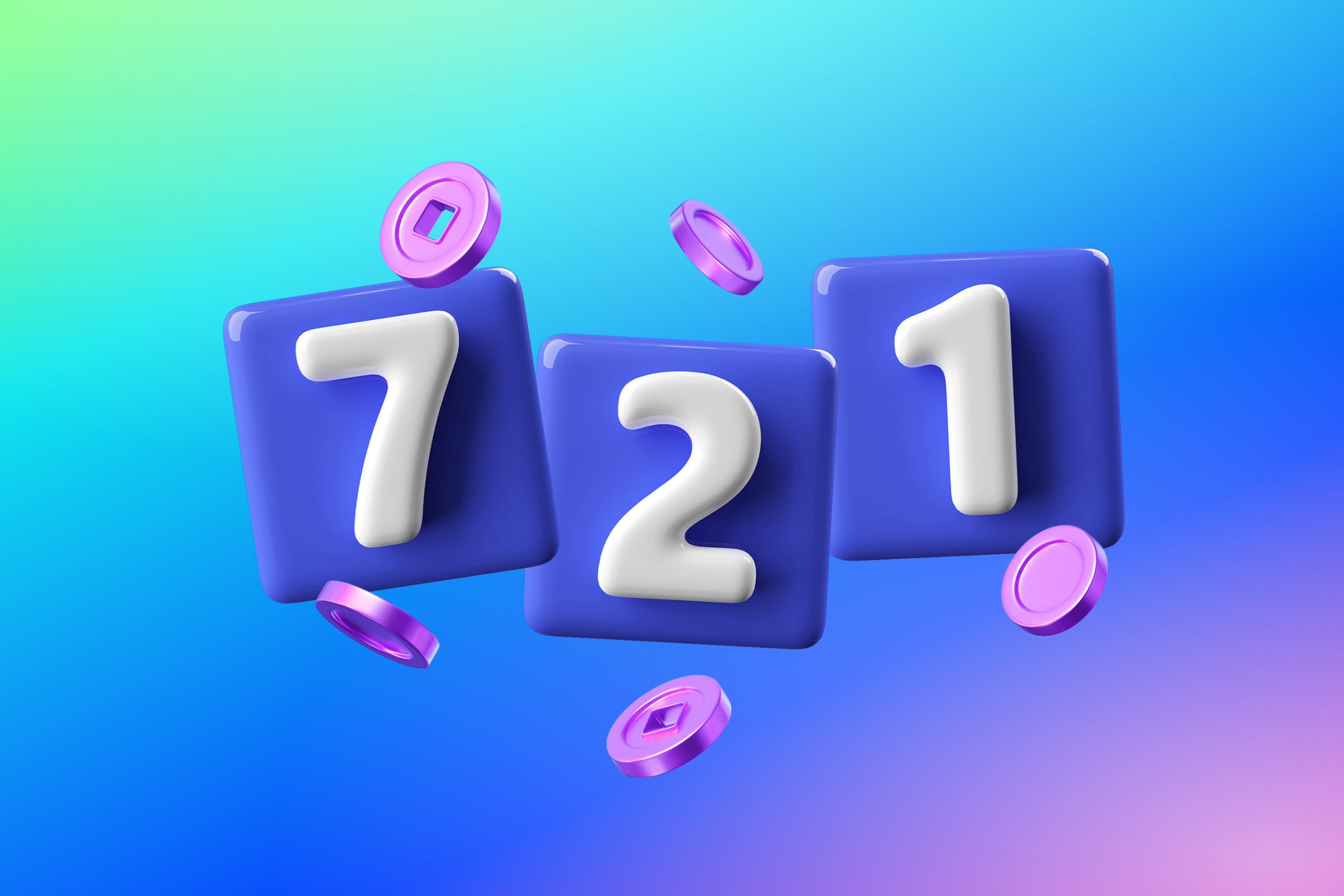.png)
ERC‑20 is Ethereum’s standard for fungible tokens (each unit identical to the next) defining simple functions and events for balances, transfers, and approvals so wallets and dApps interoperate by default. It powers stablecoins and governance and utility tokens across Ethereum and EVM‑compatible chains, while NFTs use separate standards such as ERC‑721 and ERC‑1155.
Overview of ERC‑20
In 2015, the Ethereum community proposed the ERC‑20 token standard to define how fungible tokens work on Ethereum. If two units of the same token are interchangeable (like two $1 bills) they’re fungible, and ERC‑20 sets the common rules that make those tokens easy to use across wallets, dApps, and marketplaces.
What are token standards on the Ethereum blockchain?
Just as governments set standards for physical currency (size, weight, materials), blockchains use open standards so software can reliably recognize and transact tokens. On Ethereum, proposals begin as an Ethereum Request for Comment (ERC) and, if accepted, are formalized as an Ethereum Improvement Proposal (EIP). Standards create an even playing field so developers build to the same interface and users get consistent behavior.
Thanks to these shared rules, people can buy, sell, and trade Ethereum‑based tokens (and NFTs, which use different standards) with fewer surprises. Other blockchains have their own standards, but this article focuses on Ethereum and EVM‑compatible networks.
What is the ERC‑20 token standard?
ERC-20 is a standard on the Ethereum blockchain. It defines a set of rules that any token following this standard must implement. Those rules include:
Balances: How many tokens each account (Ethereum address) owns.
Transfers: How tokens can be sent from one account to another.
Approvals: How an account can give permission for another account (like a smart contract or marketplace) to spend tokens on its behalf.
Because all ERC-20 tokens share the same interface (the same functions and behaviors), any software built for Ethereum that understands ERC-20 (like wallets, decentralized exchanges, and marketplaces) can automatically work with all ERC-20 tokens.
In late 2015, developer Fabian Vogelsteller proposed ERC‑20 to simplify how tokens were traded, stored, and integrated. Before ERC‑20, token contracts behaved inconsistently, which caused integration headaches for wallets and dApps.
What does ERC‑20 do?
At a high level, ERC‑20 enables developers and users to:
- Transfer tokens between addresses.
- Read balances and the total supply.
- Approve a third party (a dApp or another address) to spend a limited amount of your tokens and let that party move funds on your behalf.
Examples and applications
Token names are examples to illustrate categories and are not endorsements.
- Stablecoins: USDC, USDT, DAI — aim to track the U.S. dollar and are widely used across DeFi.
- Governance tokens: UNI, AAVE — used to vote on protocol proposals.
- Utility/service tokens: LINK, BAT — power or secure on‑chain services.
- Ecosystem tokens: MATIC — used for fees and governance in the Polygon ecosystem.
Because ERC‑20 is ubiquitous, balances display in most Ethereum‑compatible wallets, and transfers work across exchanges, dApps, and bridges.
Key takeaways
- ERC‑20 created a common language for fungible tokens on Ethereum.
- The interface is small but powerful, enabling broad interoperability.
- NFTs use different standards (ERC‑721, ERC‑1155), but all benefit from Ethereum’s shared, open standards.
Disclaimer: This content is for informational purposes only and should not be construed as financial or trading advice. References to specific projects, products, services, or tokens do not constitute an endorsement, sponsorship, or recommendation by OpenSea. OpenSea does not guarantee the accuracy or completeness of the information presented, and readers should independently verify any claims made herein before acting on them. Readers are solely responsible for conducting their own due diligence before making any decisions.
🧠 Q&A

Sign up for our newsletter
Join our newsletter to get web3 news, updates, interviews, and deep dives all in one place.
Featured NFT Articles
View all.png)
.png)
.png)
.png)
.png)
.png)



.jpeg)



